Fortnite, developed by Epic Games, has become one of the most popular video games in recent years with its battle royale mode captivating millions worldwide. The game initially gained traction due to its unique blend of action-packed gameplay and colorful graphics but later expanded into various other modes such as Creative Mode that allowed players to build their own islands within the Fortnite universe. Meanwhile, Roblox, a user-generated online gaming platform founded in 2006 by David Baszucki and Erik Cassel, has seen exponential growth over the past few years, boasting an impressive active user base of more than 150 million people across all age groups.
This article aims to explore why Fortnite is trying to emulate Roblox’s success in terms of user-generated content (UGC) and social interaction. As we delve deeper into the gaming industry trends, it becomes evident that both games have their unique strengths; however, they share a common goal: fostering strong communities through UGC and providing immersive experiences for players. The focus here is to understand how Fortnite can learn from Roblox’s approach towards community building while maintaining its distinct identity in the competitive gaming landscape.
In recent times, there has been an increasing emphasis on user-generated content within the video game industry. Games like Minecraft and Garry’s Mod have demonstrated that a strong UGC community not only enhances player retention but also drives long-term success for developers. As Fortnite continues to innovate and evolve, it becomes crucial to examine its strategies in light of Roblox’s achievements. By doing so, we can gain insights into the future direction of gaming and understand why Fortnite is striving to become the next Roblox.
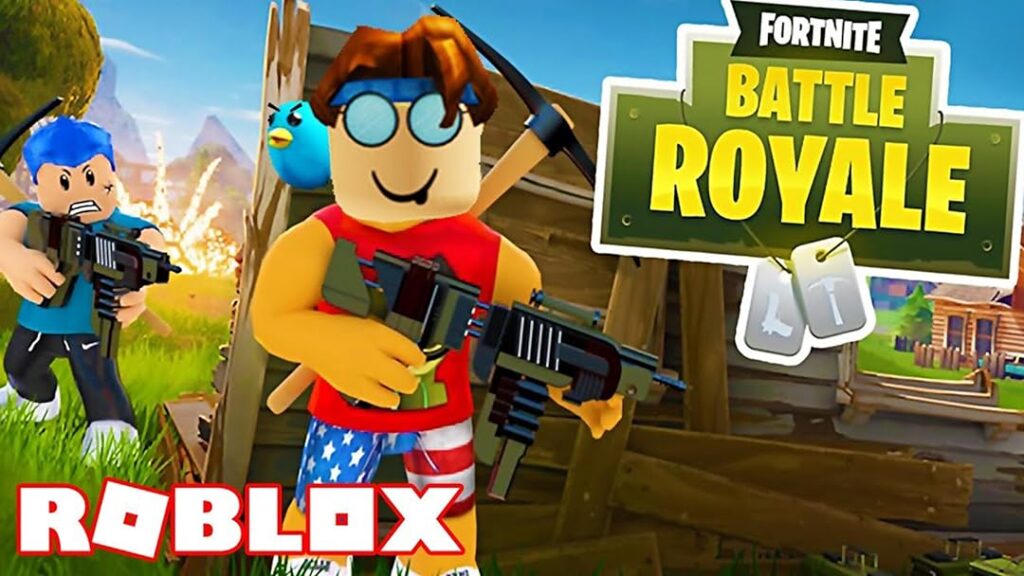
The Rise of User-Generated Content
User-generated content (UGC) has become an integral part of the modern video game industry, offering numerous benefits both for developers and players alike. It not only adds depth to a game’s world but also encourages longer player retention by providing fresh experiences consistently. Games like Minecraft, with its vast library of user-created content, have demonstrated that UGC can drive long-term success. Similarly, Garry’s Mod, a sandbox physics mod for Valve’s Source engine games, has built a strong community around its open-ended gameplay possibilities.
Fortnite too has recognized the importance of UGC and incorporated it through Creative Mode and in-game events. Fortnite Creative allows players to design their own islands within the Fortnite universe, leading to an explosion of creativity among users. In addition, seasonal events like ‘Fortnitemares’ or ‘Nana x Slurp Juice Cups’ offer limited-time challenges that keep the game fresh and engaging for its player base.
Roblox, as a pioneer in user-generated content, has significantly impacted the industry with its unique approach. Unlike Fortnite which focuses on specific modes or events, Roblox is built entirely around UGC. Players can create their own games using Roblox Studio and share them with others on the platform. This open-ended system has resulted in a vast library of experiences ranging from simple obstacle courses to complex roleplaying adventures. Comparatively, Fortnite’s focus on UGC is more limited but still significant given its massive player base.
The Role of Social Interaction
Social interaction plays a crucial role in the gaming experience as it fosters strong communities and encourages collaboration between players and creators. Both Fortnite and Roblox have implemented various features to enhance social interactions within their platforms, such as friend lists, parties, voice chat, etc. These tools not only facilitate communication but also enable users to form connections that extend beyond the game itself.
In Fortnite, friends can team up in squads during battles or collaborate on Creative Mode projects. The ‘Party Royale’ mode introduced a social space where players could interact without engaging in combat. Similarly, Roblox provides multiple ways for users to connect – from joining groups based on shared interests to inviting friends into their games.
The impact of social interaction on player retention and engagement cannot be understated. When players feel part of a community, they are more likely to continue playing the game and investing time in creating content. This sense of belonging also fosters positive relationships between users, reducing toxicity often seen in online gaming spaces.
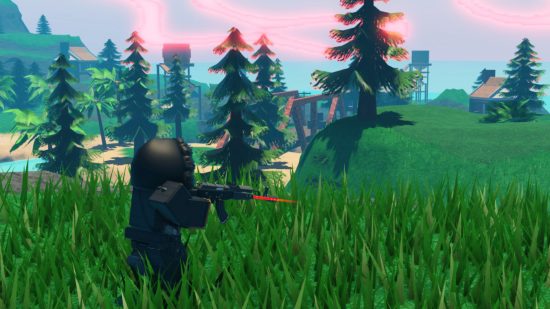
The Future Of User-Generated Content In Gaming
As technology continues to advance, we can expect UGC to become an even more integral part of the modern video game industry. With platforms like Unreal Engine offering tools for easier content creation and distribution, it’s likely that more games will incorporate user-generated elements in the future. Additionally, as virtual reality becomes more accessible, we may see a surge in immersive UGC experiences that blur the line between digital and physical worlds.
Moreover, advancements in artificial intelligence could potentially revolutionize how users interact with game engines. AI-assisted content creation tools might enable players to design complex levels or characters without requiring extensive technical knowledge. This democratization of creativity could lead to even more diverse and innovative user-generated content within games.
In conclusion, both Fortnite’s approach towards seasonal UGC events and Roblox’s focus on an entirely user-driven platform demonstrate the potential benefits of incorporating user-generated content in gaming. By fostering social interaction and providing tools for creative expression, these platforms have built strong communities that drive long-term success. As technology continues to evolve, we can expect UGC to play an increasingly significant role in shaping the future of video games.
The Future of Gaming itself
The gaming industry is poised to see significant growth in user-generated content (UGC) and social interactions over the next decade. As technology advances, we can expect more games to incorporate UGC elements that allow players to create their own levels, characters, or even entire worlds within a game’s universe. This trend will not only provide endless possibilities for gameplay but also foster stronger connections between gamers as they collaborate on projects together.
Social interaction is another area where the gaming industry is likely to see significant developments. Multiplayer experiences are becoming increasingly popular, and games that prioritize community building and social engagement will thrive in this environment. Virtual reality (VR) technology could play a crucial role here by offering immersive social spaces within games, allowing players to interact with each other in ways previously unimaginable.
To maintain its position as an industry leader, Fortnite must continuously evolve and adapt to the changing landscape of gaming. One way it could achieve this is by focusing more heavily on UGC through regular seasonal events or even a dedicated mode similar to Roblox’s platform. By empowering players to create their own content within the game, Fortnite can keep its player base engaged while also fostering strong community bonds.
Another strategy for Fortnite would be to explore potential collaborations with other popular games or platforms. For instance, teaming up with Minecraft could lead to unique crossover events that combine both franchises’ strengths, attracting fans from each respective community. Additionally, partnering with VR companies like Oculus or HTC Vive could help Fortnite tap into the growing market of immersive gaming experiences.
Collaborating with other successful franchises can bring numerous benefits to both parties involved, especially when it comes to user-generated content. For example, a collaboration between Fortnite and Minecraft could result in custom maps designed by players from both communities, leading to fresh gameplay experiences for everyone involved. This type of cross-pollination not only encourages creativity but also strengthens the bond between different gaming fandoms.
Moreover, partnering with VR companies would allow Fortnite to expand its reach into emerging technologies and markets. By offering immersive social spaces within virtual reality environments, Fortnite could attract a new audience of gamers who are eager to explore these cutting-edge experiences. This move would also help solidify Fortnite’s position as an industry leader at the forefront of technological innovation.
For Fortnite to remain competitive in the ever-evolving gaming landscape, it must focus on user-generated content and social interaction. By incorporating these elements into its gameplay experience, fostering strong community bonds, and exploring potential collaborations with other popular games or platforms, Fortnite can continue to innovate and stay ahead of competitors like Roblox while shaping the future of gaming.
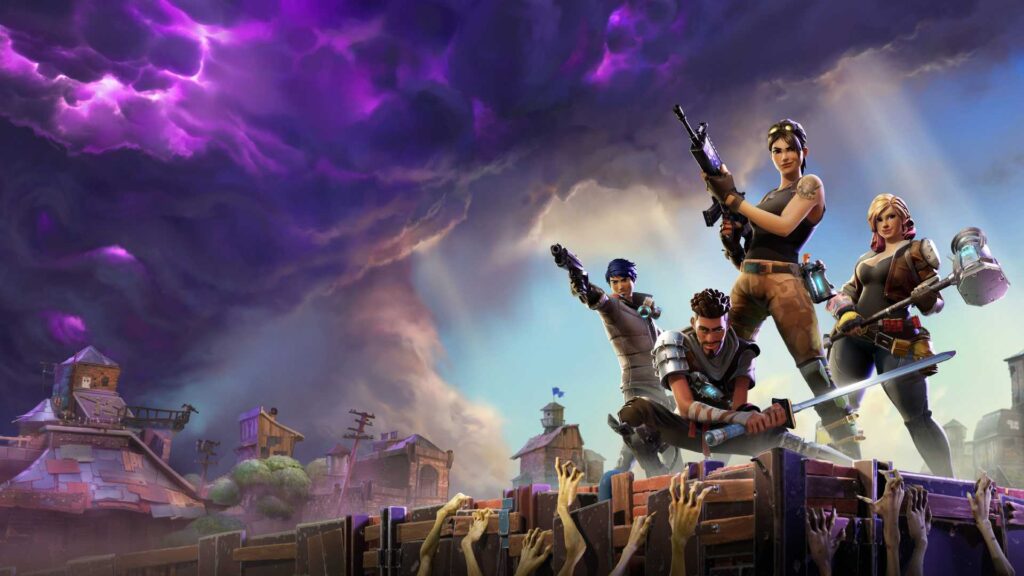
Conclusion
In conclusion, user-generated content (UGC) and social interaction are set to play increasingly significant roles in shaping the future of gaming. As technology advances, we can expect more games to incorporate UGC elements that empower players to create their own worlds within a game’s universe while fostering stronger connections between gamers through collaboration on projects. Social interactions will also become crucial as multiplayer experiences grow in popularity, with virtual reality (VR) technology offering immersive social spaces for players to interact in unprecedented ways.
For Fortnite to maintain its position as an industry leader and stay ahead of competitors like Roblox, it must continuously innovate by focusing on UGC through regular seasonal events or dedicated modes, exploring potential collaborations with other popular games or platforms, and embracing emerging technologies such as VR. By doing so, Fortnite can not only keep its player base engaged but also contribute to shaping the future of gaming as we know it today.
In summary, the integration of user-generated content and social interaction will be key drivers in the evolution of gaming over the coming years. As such, companies like Epic Games must adapt their strategies accordingly if they wish to remain competitive within this rapidly changing landscape. Fortnite’s success so far serves as a testament to its ability to innovate; by continuing down this path and embracing new opportunities for collaboration and technological advancement, it can ensure continued growth and relevance in the years ahead.
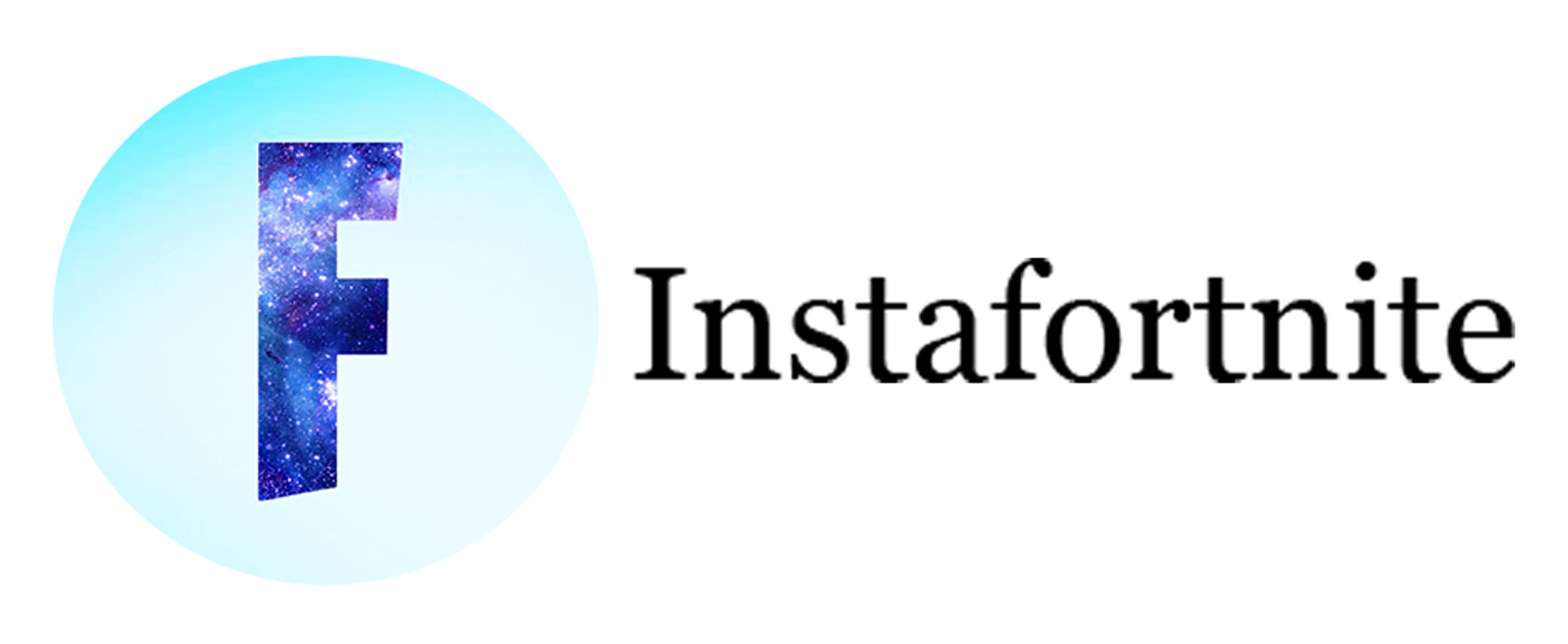
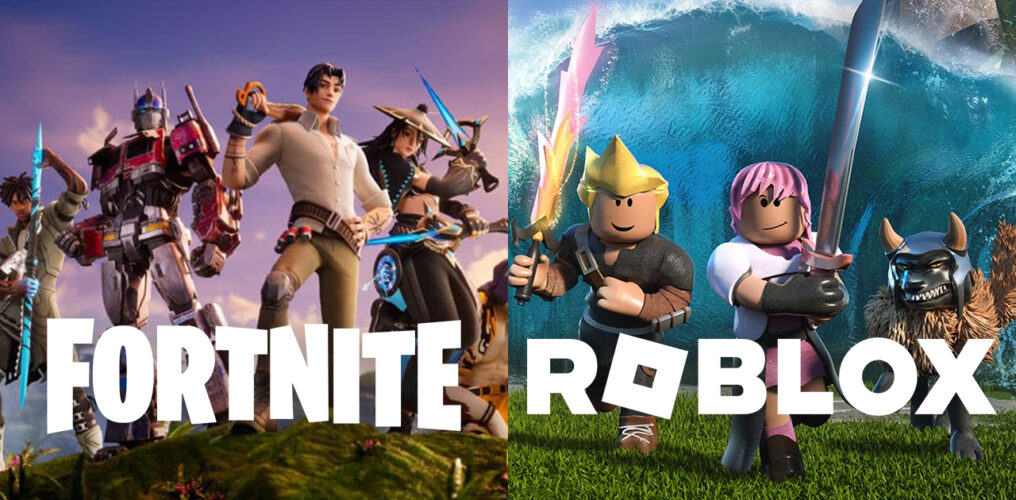
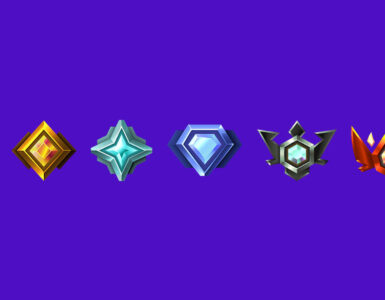


Add comment